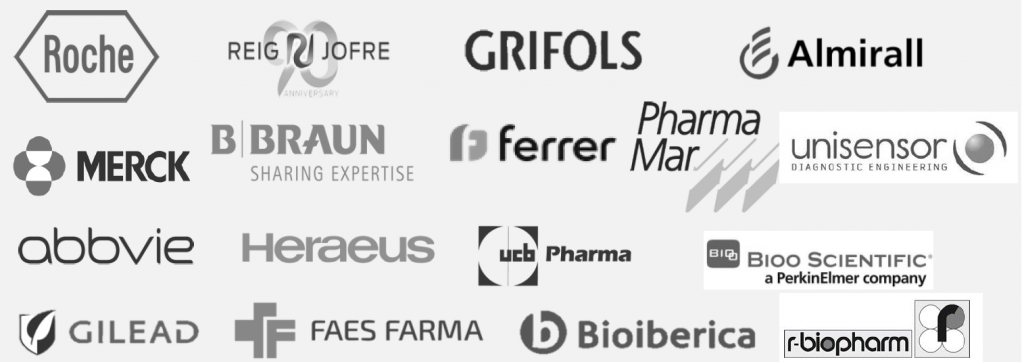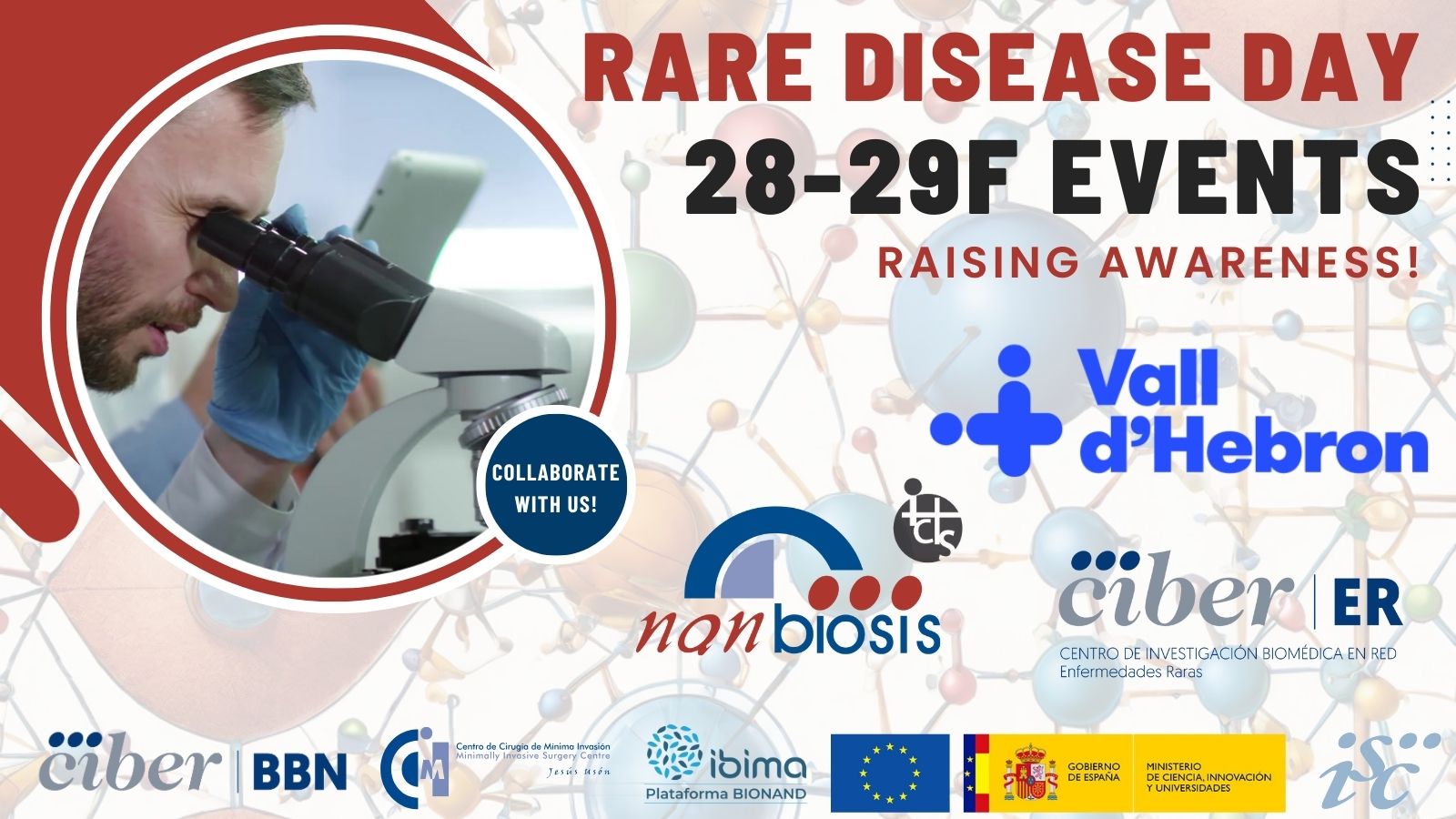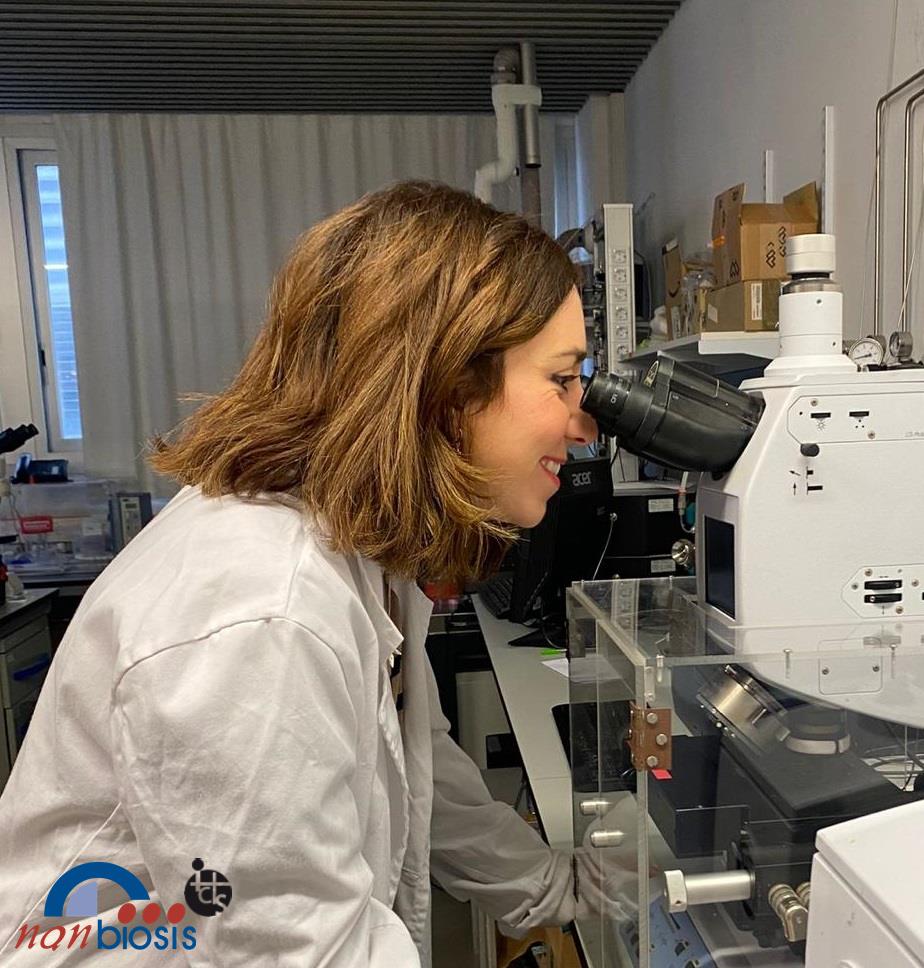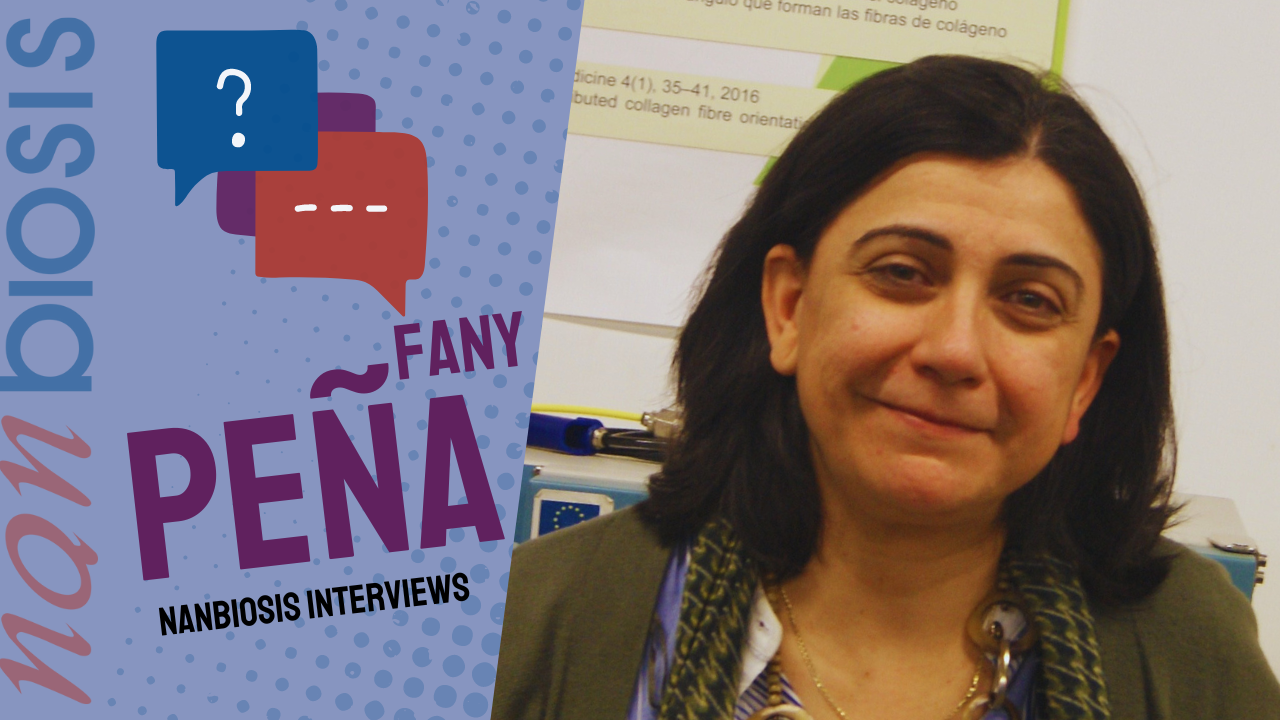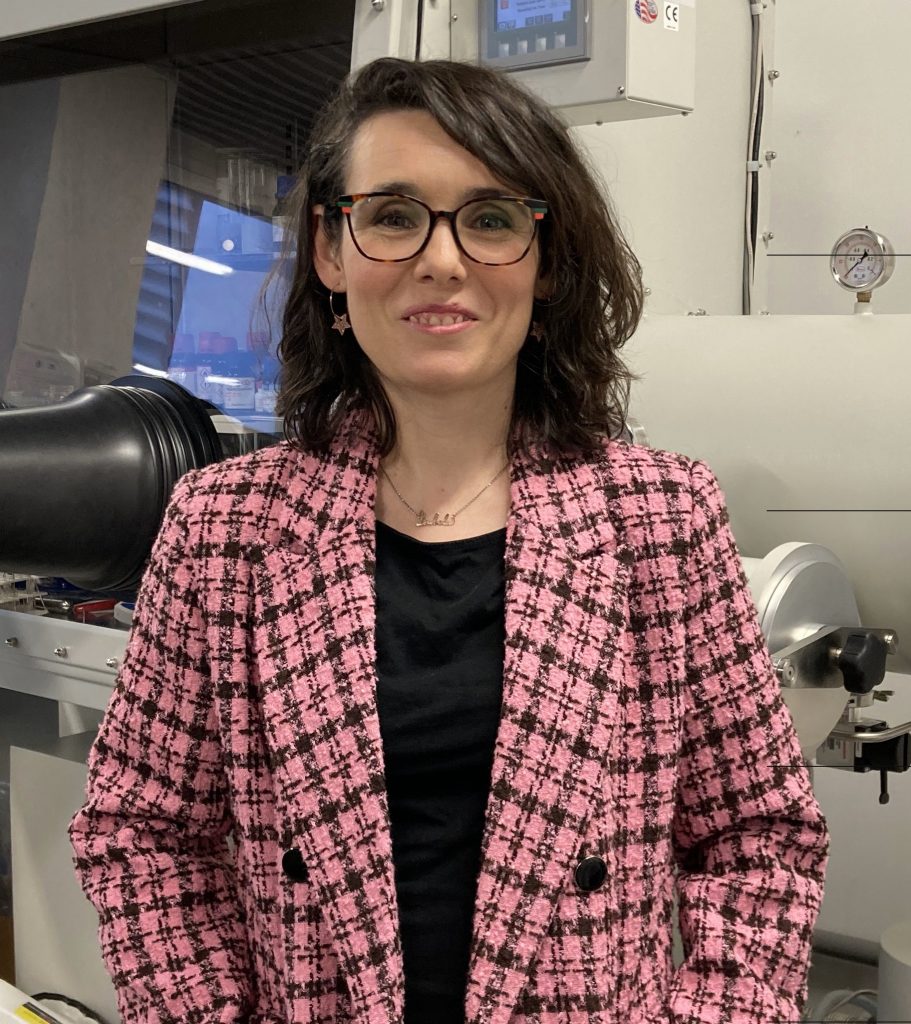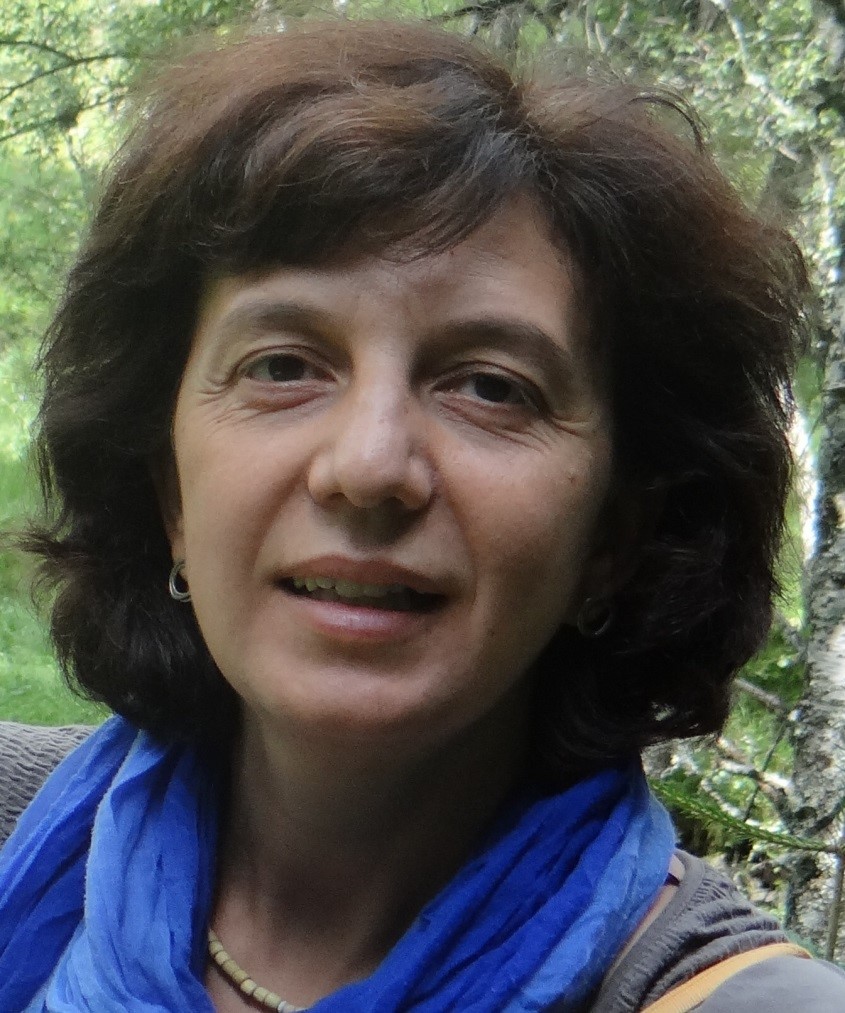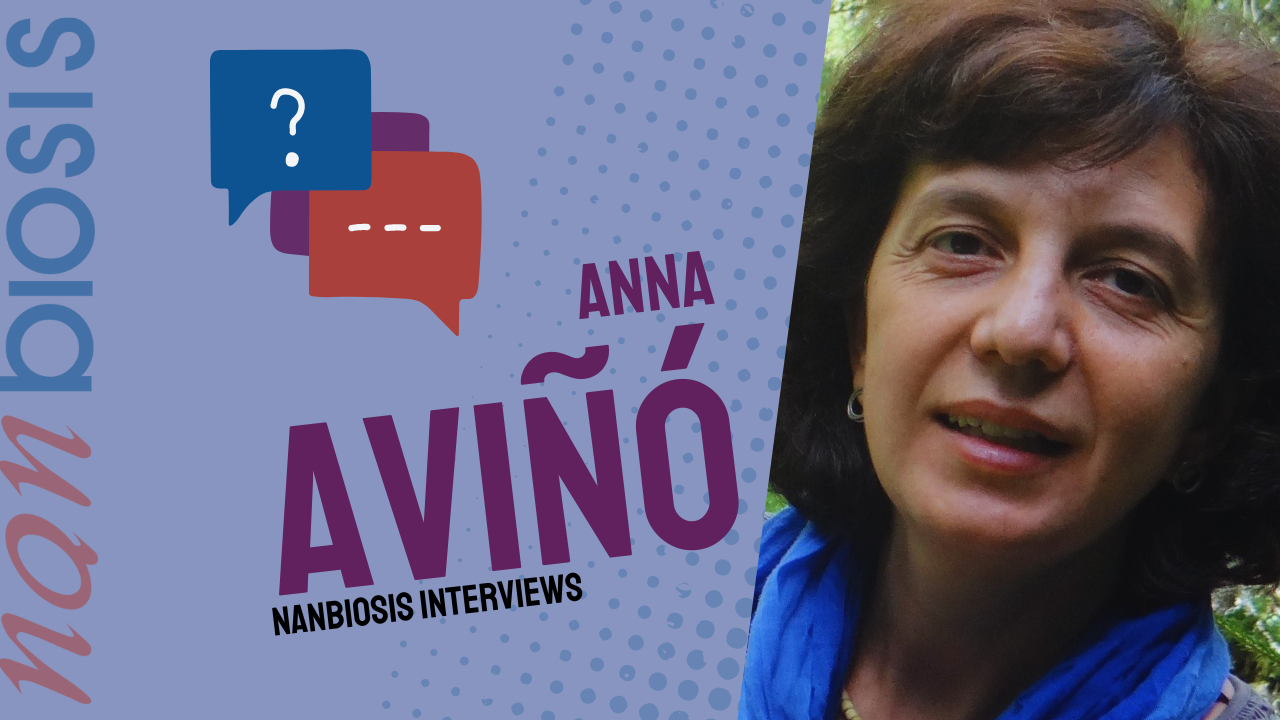The new official webpage of RED-DM is coordinating research efforts in Myotonic Dystrophy
NANBIOSIS introduces the new webpage of RED-DM, uniting experts to combat Myotonic Dystrophy. Highlighting Ramón Eritja’s group’s pivotal role.
29 February 2024, IQAC-CSIC (Barcelona)
In a significant stride toward addressing the challenges posed by Myotonic Dystrophy, the Translational Genomics Group of the INCLIVA Health Research Institute (associated with the Valencia Clinical Hospital) and the University of Valencia (BIOTECMED Institute) have spearheaded the establishment of the Red Temática Nacional en Distrofia Miotónica tipo 1 (National Thematic Network in Myotonic Dystrophy Type 1). This progressive and degenerative disease, also referred to simply as DM1, is currently incurable and underdiagnosed. In addition, it can lead to muscle weakness, atrophy, arrhythmias, and cognitive deficits. This multidisciplinary network brings together leading research groups in DM1 and the development of oligonucleotide-based therapies (small RNA fragments) at a national level, organized to collaborate cohesively and drive forward the study and development of medications to treat this worrisome condition.
One of the key pieces of this initiative is the prominent role played by the group led by Ramón Eritja, a distinguished researcher affiliated with NANBIOSIS through his Unit 29. Prof. Eritja’s group brings unparalleled expertise in oligonucleotide research to RED-DM. With a proven track record in developing innovative therapies and unique oligonucleotide designs, their pioneering work significantly advances the understanding and treatment of Myotonic Dystrophy, offering hope to countless individuals affected by this debilitating condition.
What is Myotonic Dystrophy?
Myotonic Distrophy Type 1 (DM1), also known as Steinert’s disease, stands as a challenging hereditary muscular dystrophy characterized by myotonia, muscle wasting, and weakness with multiorgan involvement. Its clinical hallmarks include respiratory problems, cardiac arrhythmias stemming from defects in the heart’s muscle conduction system, early-onset cataracts, hypogonadism, insulin resistance, and hypersomnia, among others. It is the most prevalent form of muscular dystrophy appearing in adulthood, affecting approximately one case per 8,000 individuals in European populations.
To know more about DM1, visit the RED-DM webpage.
Introducing the new RED-DM webpage:
The newly launched official webpage of RED-DM serves as a hub for disseminating information, fostering collaboration, and facilitating communication among researchers, clinicians, and stakeholders invested in combating DM1. It provides a platform to showcase ongoing research endeavors, share resources, and promote dialogue to accelerate progress in understanding and treating this complex disease.
Through the concerted efforts of RED-DM and its constituent research groups, including the pivotal contribution of Ramón Eritja’s team, a unified approach to tackling DM1 is being realized. By leveraging collective expertise and resources, RED-DM aims to catalyze advancements in therapeutic interventions and ultimately improve outcomes for individuals affected by this debilitating disease.
For further information and updates on RED-DM’s initiatives and collaborative efforts, visit the newly launched official webpage here.
This article is in the context of Rare Disease Day 2024. To stay up to date, visit our news section here.
Additional information:
The goal of NANBIOSIS is to provide comprehensive and integrated advanced solutions for companies and research institutions in biomedical applications. All of this is done through a single-entry point, involving the design and production of biomaterials, nanomaterials, and their nanoconjugates. This includes their characterization from physical-chemical, functional, toxicological, and biological perspectives (preclinical validation).
In order to access our biomedical Solutions, apply here.
NANBIOSIS has worked with pharmaceutical companies of all sizes in the areas of drug delivery, biomaterials and regenerative medicine. Here are a few of them:
